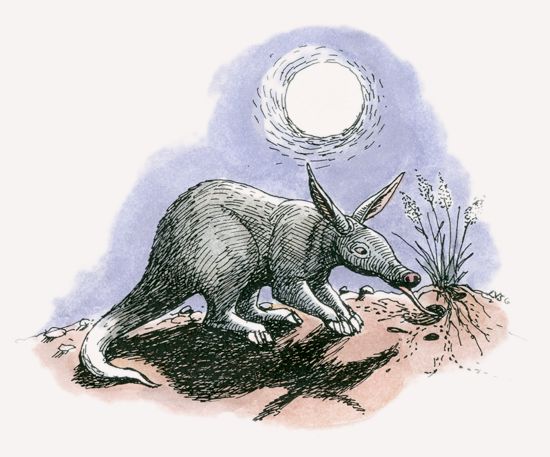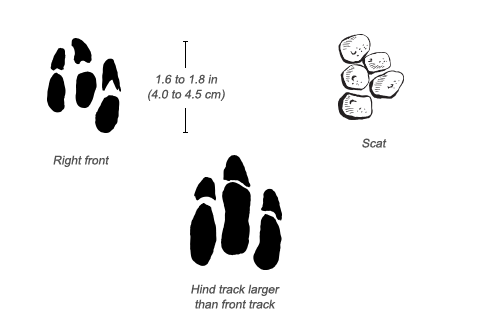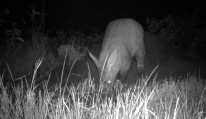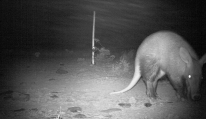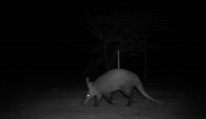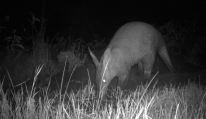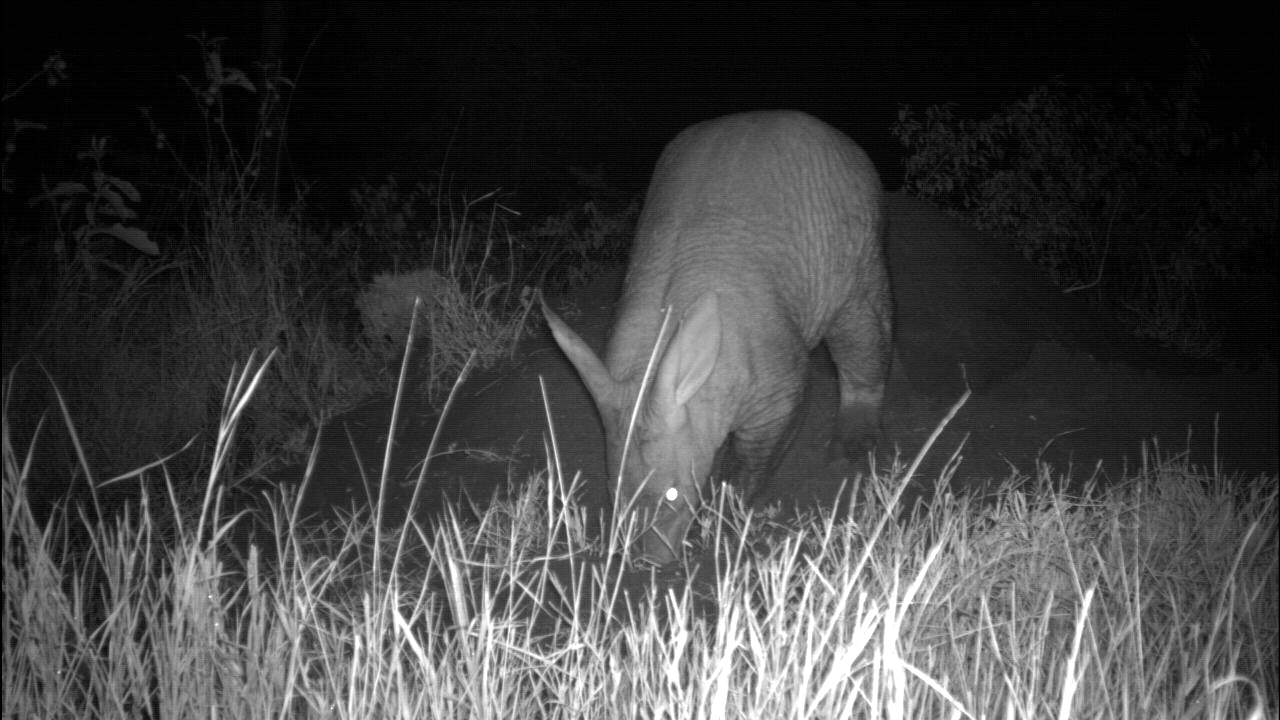Social Structure
Extremely solitary, aardvarks generally come together only to mate. They have such little contact that interactions between adult male aardvarks have never been observed.
Communication
Aardvarks do not communicate vocally. In fact, they rarely communicate at all, except during mating. Males and females are able to detect when the opposite sex is nearby through both sound and smell. When a male and female meet, they energetically sniff and inspect each other. However, interaction ends unless one of the aardvarks shows further sexual interest.
Behavior
Aardvarks are nocturnal, and spend their nights foraging for food. They spend the daylight hours sleeping in a large chamber at the end of their underground burrow. Though aardvarks do scent-mark their turf, the actual size of their territory is unclear.
Conservation
While aardvarks do face some habitat reduction due to human population encroachment and activities, they are not considered heavily threatened.

